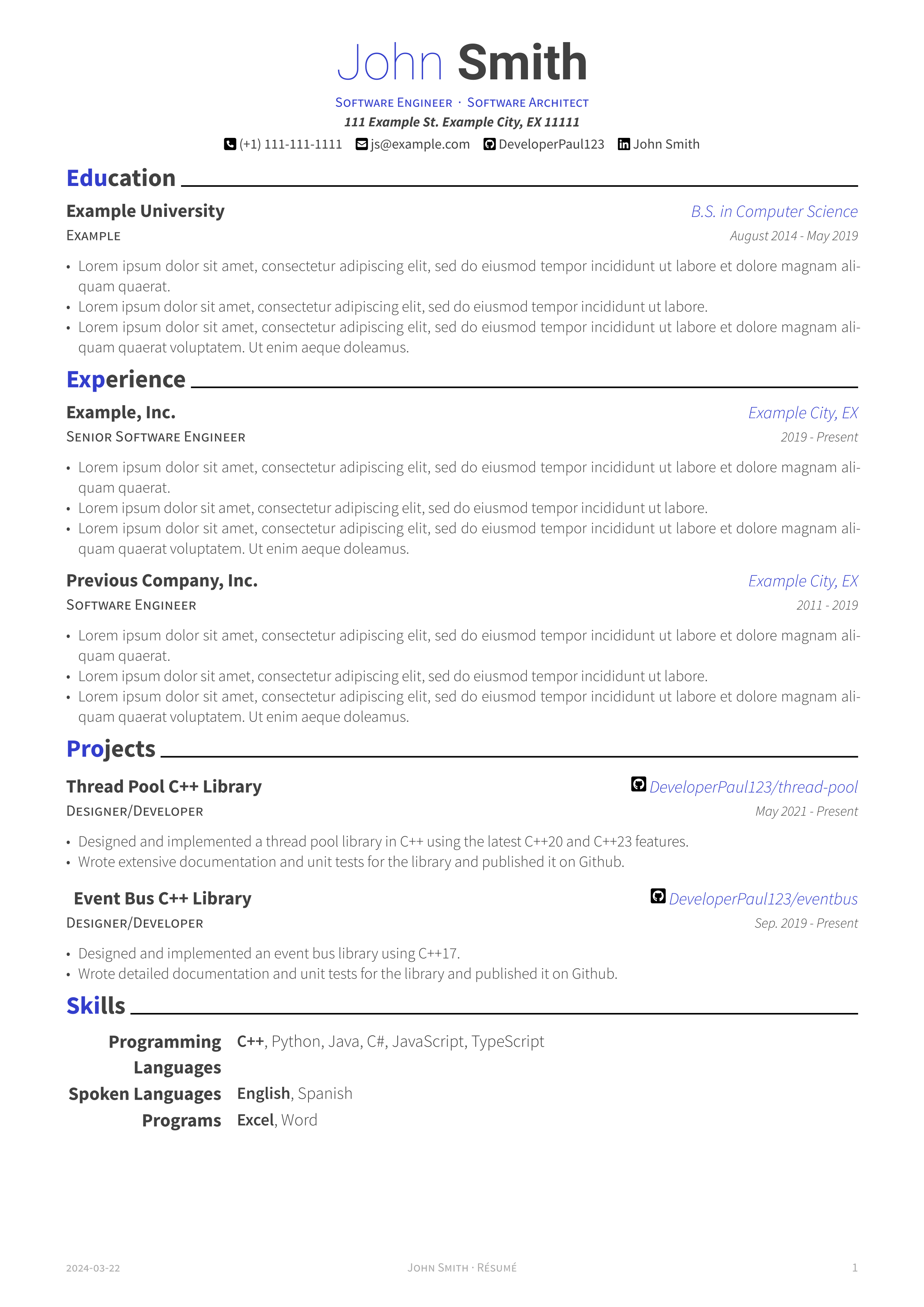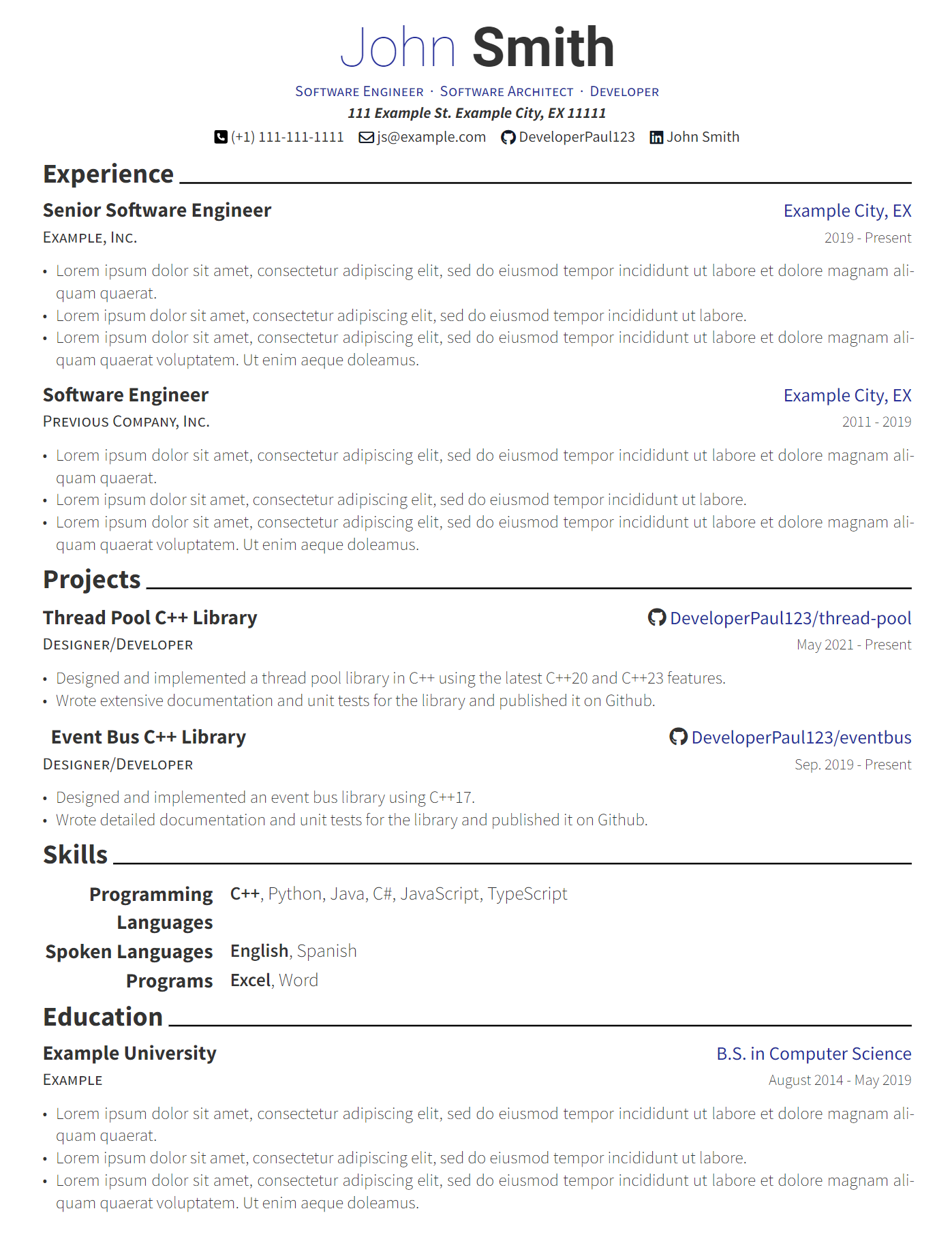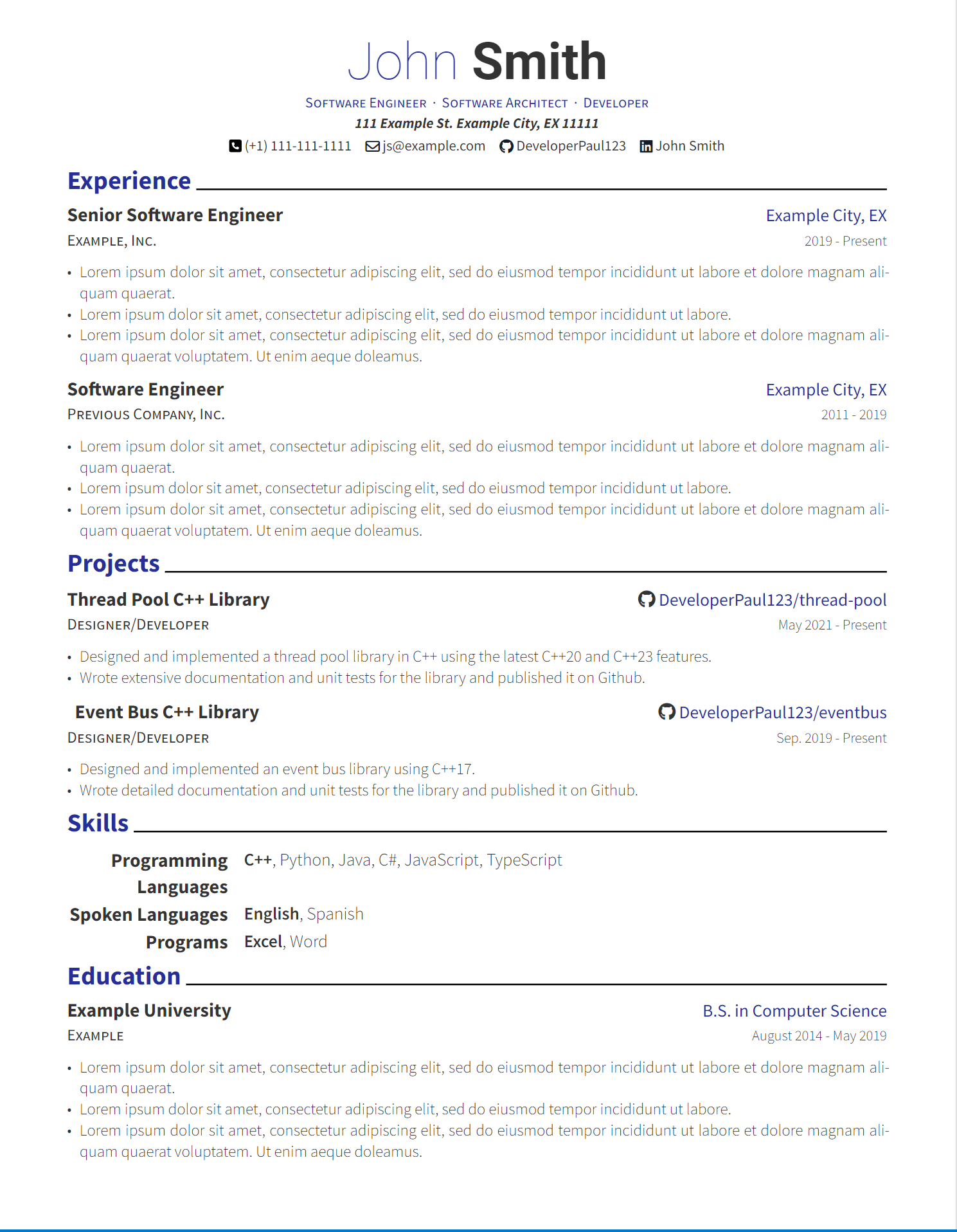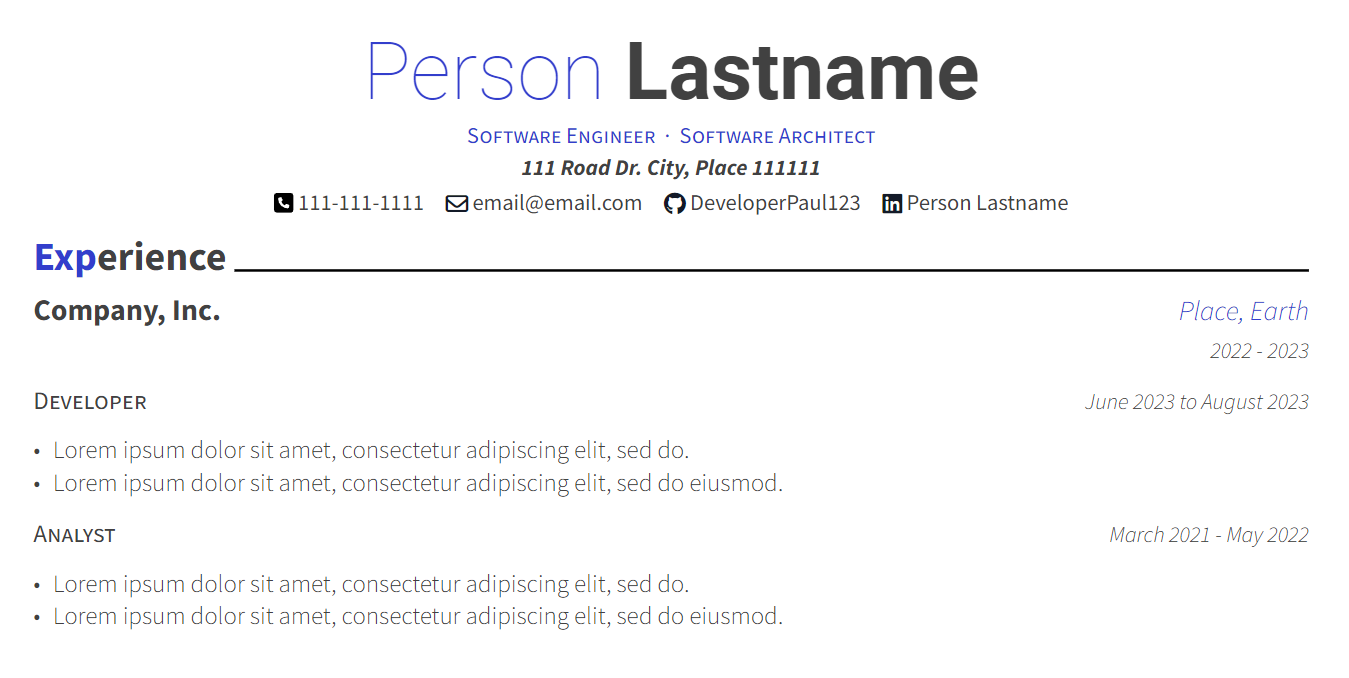As a manager who sometimes hires, I can't say that I would ever particularly care about the education section for the types of roles I hire for, let alone put it first and foremost.
Also, personally, my own CV combines my role's duties and its achievements/projects together for each of the jobs I've had, with a primary focus on the recent.



